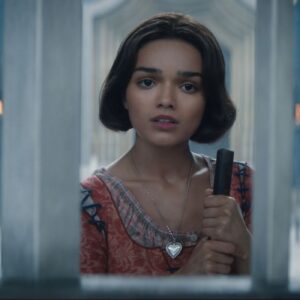When it comes to cinema, few franchises in film history hold a candle to The Lord of the Rings and The Hobbit trilogies. Adapted from J.R.R. Tolkien’s legendary series of novels, these six films are staples of the fantasy genre, and over 20 years after the initial release of The Fellowship of the Ring, their action sequences are still as impressive as any contemporary titles.
While there are many reasons that The Lord of the Rings and The Hobbit films have been a smash hit for decades, there’s no denying that the battles and conflicts seen throughout the franchise are one of their major selling points. Watching Middle-earth’s finest warriors meet on the battlefield encapsulates the struggles of heroes like Gandalf, Aragorn, and Bilbo Baggins, bringing their fight to life in a way that transcends the original boundaries of Tolkien’s text.
10The Siege of Barad-dur Sets the Tone For the Entire Franchise
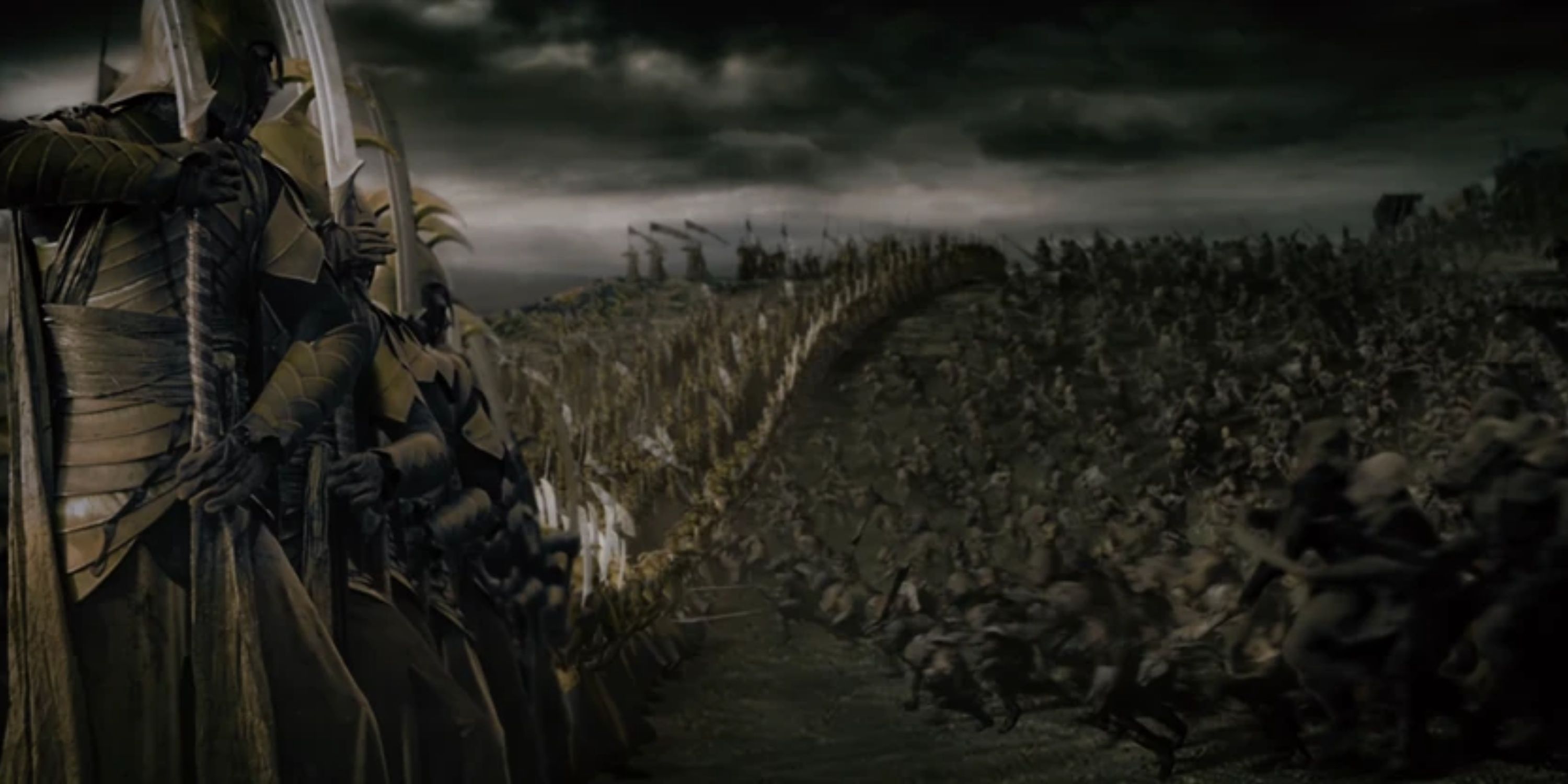
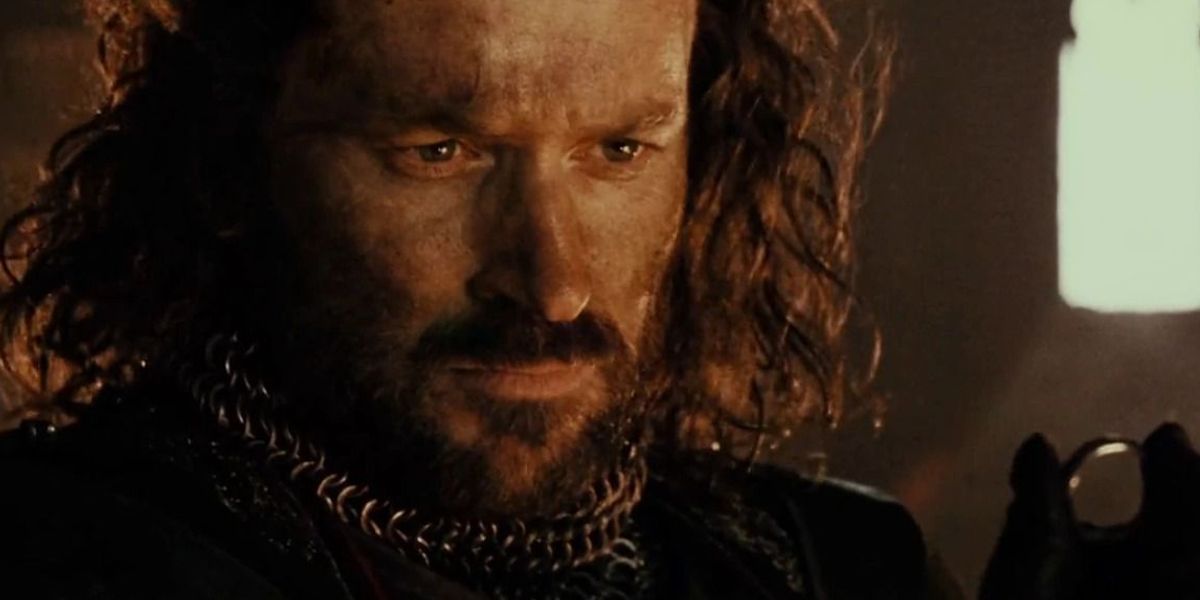
Film Appearance
The Lord of the Rings: The Fellowship of the Ring
Date
SA 3434
Location
Mordor
Notable Outcomes
Sauron’s physical form is destroyed, the One Ring is taken by Isildor, and heavy casualties are suffered on both sides
The events of The Lord of the Rings and The Hobbit films are spread over many decades, primarily because of the time skip between the two trilogies. However, none of these films would have been possible were it not for a conflict that took place over three millennia before they begin — the War of the Last Alliance.
Sauron, the evil entity that serves as the primary antagonist of The Lord of the Rings trilogy, once controlled Middle-earth with ruthless authority, but after the realms of Man, Elves, and other allies banded together, they began a war to preserve the safety of Middle-earth. This culminates in the legendary Siege of Barad-dur, which briefly appears at the start of The Fellowship of the Ring. Although this seven-year siege’s appearance is quite short in the film, it’s referenced repeatedly throughout the original Lord of the Rings trilogy and features arguably the highest stakes in franchise history.
9The Battle Of Azanulbizar Defines the History Of Both Orcs and Dwarves
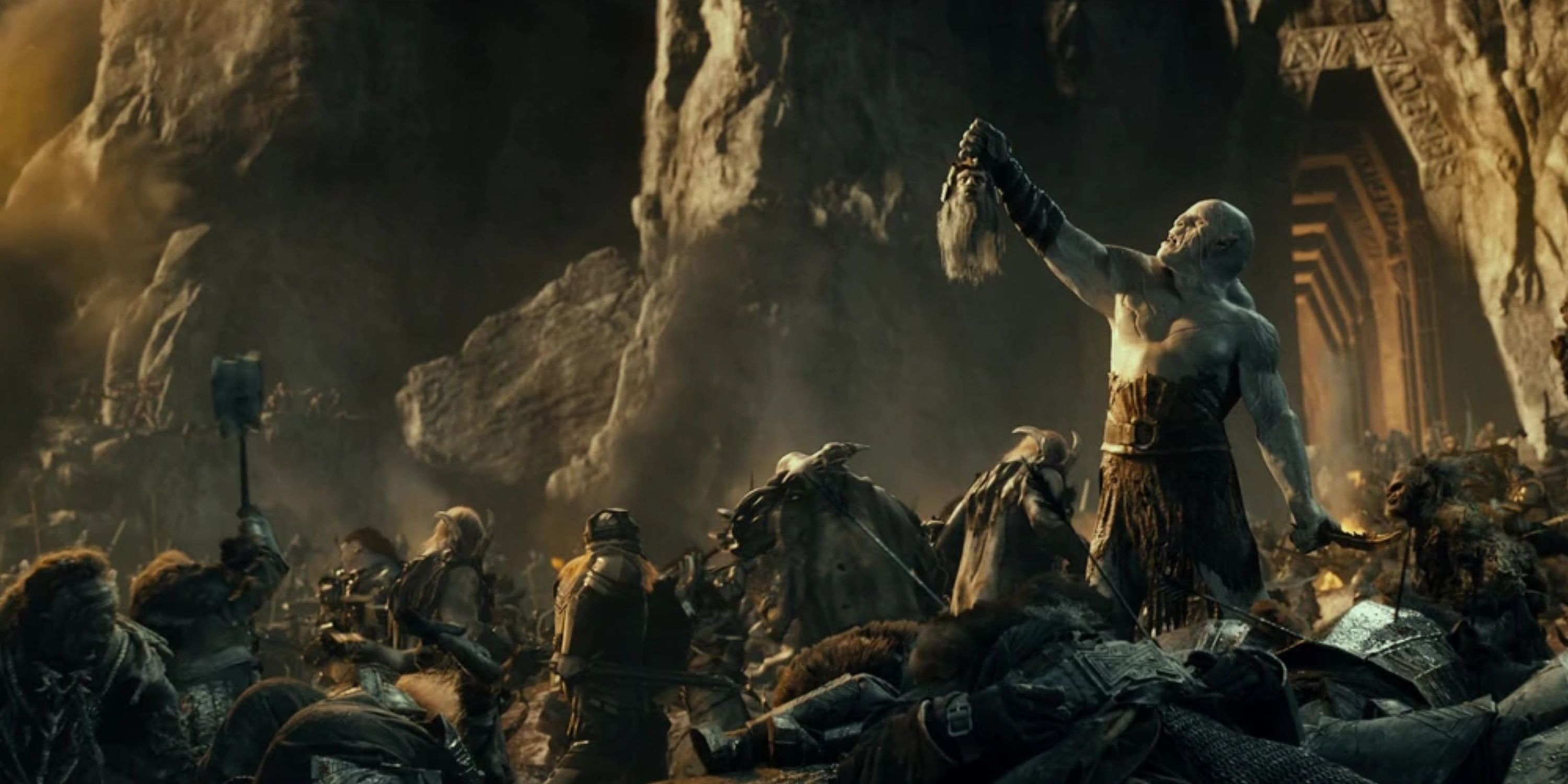
Film Appearance
The Hobbit: An Unexpected Journey / The Desolation of Smaug
Date
TA 2799
Location
Azanulbizar
Notable Outcomes
Azog the Defiler is killed, the Orcs are driven out of Khazad-dum, and an everlasting grudge is driven between the Orcs and the Dwarves
As far as fictional franchises go, perhaps none features a more thoroughly fleshed-out setting than J.R.R. Tolkien’s Lord of the Rings. All of its characters, kingdoms, and locations possess nuanced backstories, so, for the sake of time, many of these stories aren’t featured in the series’ cinematic adaptation. Thankfully, the Battle of Azanulbizar, a massive conflict between the Orcs and the Dwarves, is featured in both The Hobbit: An Unexpected Journey and the extended cut of The Hobbit:The Desolation of Smaug.
The Battle of Azanulbizar saw the Dwarves attempt to push a dangerous legion of Orcs from Khazad-dum, only to suffer heavy losses in doing so. Though Thorin Oakshield makes his presence felt on the battlefield and the Orcs lose their chieftain, Azog the Defiler, this battle is more significant for its long-term effect on Orc-Dwarf relations than its action sequences.
8The Skirmish at Weathertop Showcases the Original Trilogy’s Most Important Narratives
Film Appearance
The Lord of the Rings: The Fellowship of the Ring
Date
TA 3019
Location
Weathertop
Notable Outcomes
Frodo is stabbed by the Morgul Blade, Aragorn drives back the Nazgul, and the Fellowship set out to find a cure for Frodo
When Frodo Baggins first claims the keepsake of his uncle, he has no idea that he is now in possession of the One Ring to rule them all. With this massive power comes an unyielding amount of unwanted attention, and as The Fellowship of the Ring quickly demonstrates, a long series of battles now stand between Frodo and his penultimate fate.
Because Frodo has the One Ring, he is relentlessly pursued by the Nazgul — nine former ringbearers who were corrupted by the powers of Sauron’s rings. At Weathertop, the Ringwraiths finally catch up with Frodo, nearly killing him before he is saved by Aragorn. Although this skirmish is over fairly quickly, it’s a fantastic microcosm of the struggles that haunt the Fellowship for the rest of the trilogy.
7The Battle of Osgiliath is Split Between Two Films
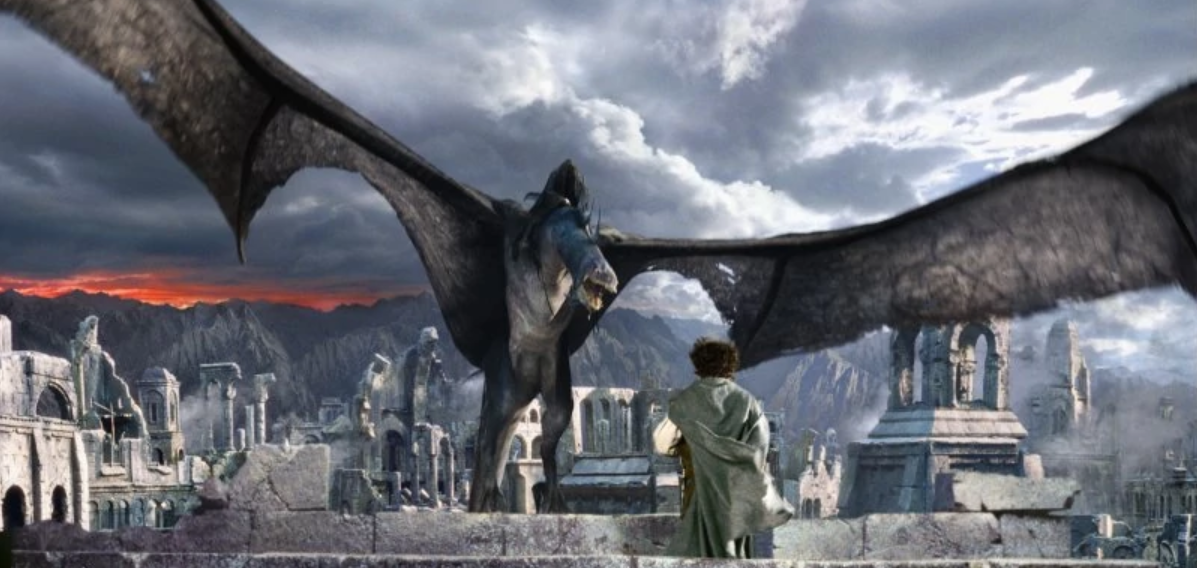
Film Appearance
The Lord of the Rings: The Two Towers / The Return of the King
Date
TA 3019
Location
Osgiliath
Notable Outcomes
Sauron’s forces take Osgiliath and Gondor is forced into a defensive position
For the most part, the battles in The Lord of the Rings franchise are usually contained within a single film. One notable exception to this trend is the Battle of Osgiliath, which is split between the events of The Two Towers and The Return of the King.
Interestingly, the scale of the Battle of Osgiliath is smaller in the Lord of the Rings films than in the books, making Gondor’s eventual loss to the Orcs slightly less impactful in the long run. However, seeing the trilogy’s heroes suffer an undeniable loss adds a much-needed sense of urgency to The Return of the King, eventually paving the way for much larger battles later in the film.
6The Battle of Five Armies Serves as the Climax of The Hobbit Trilogy
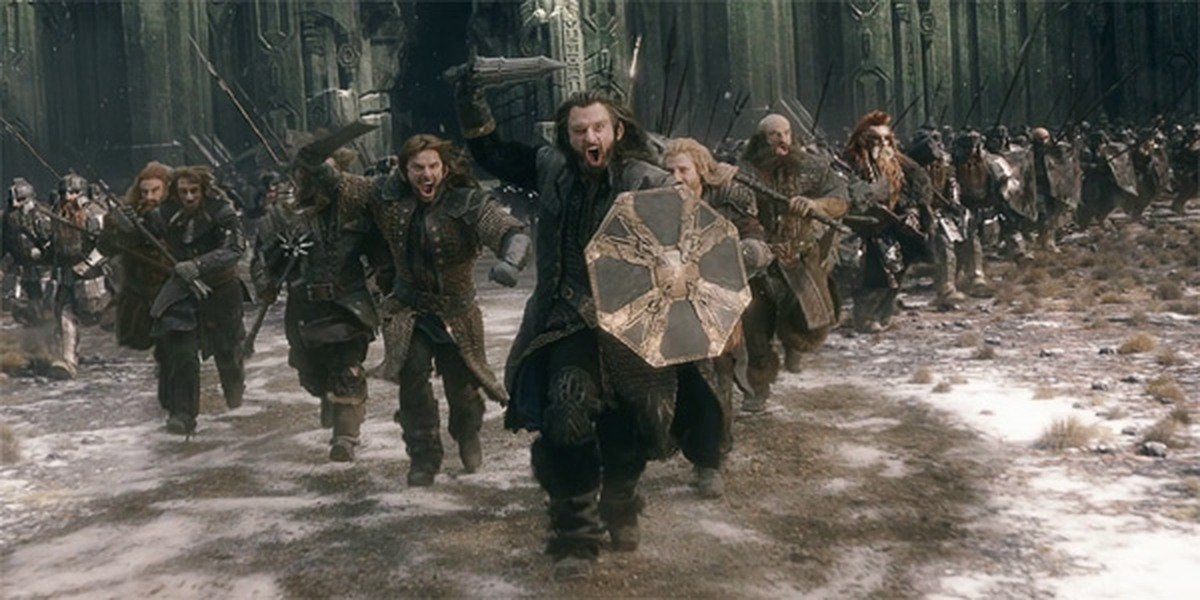
Film Appearance
The Hobbit: The Battle of the Five Armies
Date
TA 2941
Location
Lonely Mountain
Notable Outcomes
Thorin Oakshield dies, Smaug’s treasure is distributed, and Bilbo Baggins returns to the Shire
The plot of The Hobbit isn’t quite as grandiose as the one seen in The Lord of the Rings, but it still features a handful of iconic battles that rival almost anything from the original trilogy. In fact, the Battle of Five Armies, the titular conflict of the final film in the prequel trilogy, ranks among the most fun battles in the entire franchise.
After the death of the fearsome dragon known as Smaug, the ancient being’s treasure is up for grabs, leading five distinct groups to vy for its riches. This dynamic naturally creates interesting storylines involving the five parties, and thanks to two films’ worth of buildup, there are numerous characters to watch out for during the fighting. While the action in this sequence is more than good enough to warrant praise, it’s ultimately the Battle of Five Armies’ major impact on the future of Middle-earth that solidifies its place in franchise history.
5The Battle of Isengard Puts an End of Saruman
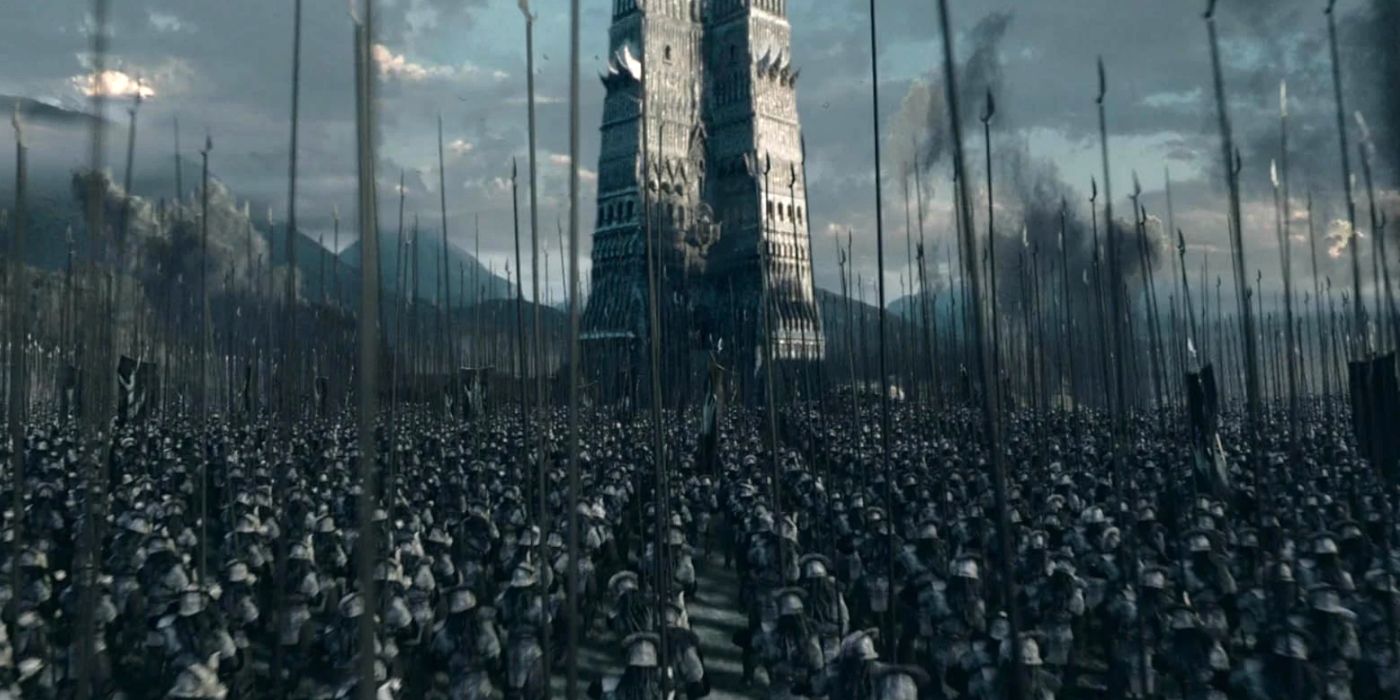
ilm Appearance
The Lord of the Rings: The Two Towers
Date
TA 3019
Location
Isengard
Notable Outcomes
Saruman is defeated, his forces are disbanded, and Isengard falls to the Free Peoples
There is no arguing that Sauron is the primary antagonist of The Lord of the Rings franchise; however, it’s equally clear that Saruman poses a dire threat to the safety of the Free Peoples. After the wizard betrays his own kind and joins forces with Sauron, the Fellowship of the Ring and their allies determine that Saruman must be defeated at all costs, leading to the Battle of Isengard.
Thanks to the monstrous strength of the treelike Ents, Saruman’s fortress of Isengard is eventually breached. Although the wizard’s powerful nature prevents the series’ heroes from outright killing him, his defeat deals a massive blow to Sauron’s forces and signals that the War of the Ring could be shifting in the Free Peoples’ favor.
4The Skirmish at Amon Hen Shatters The Fellowship
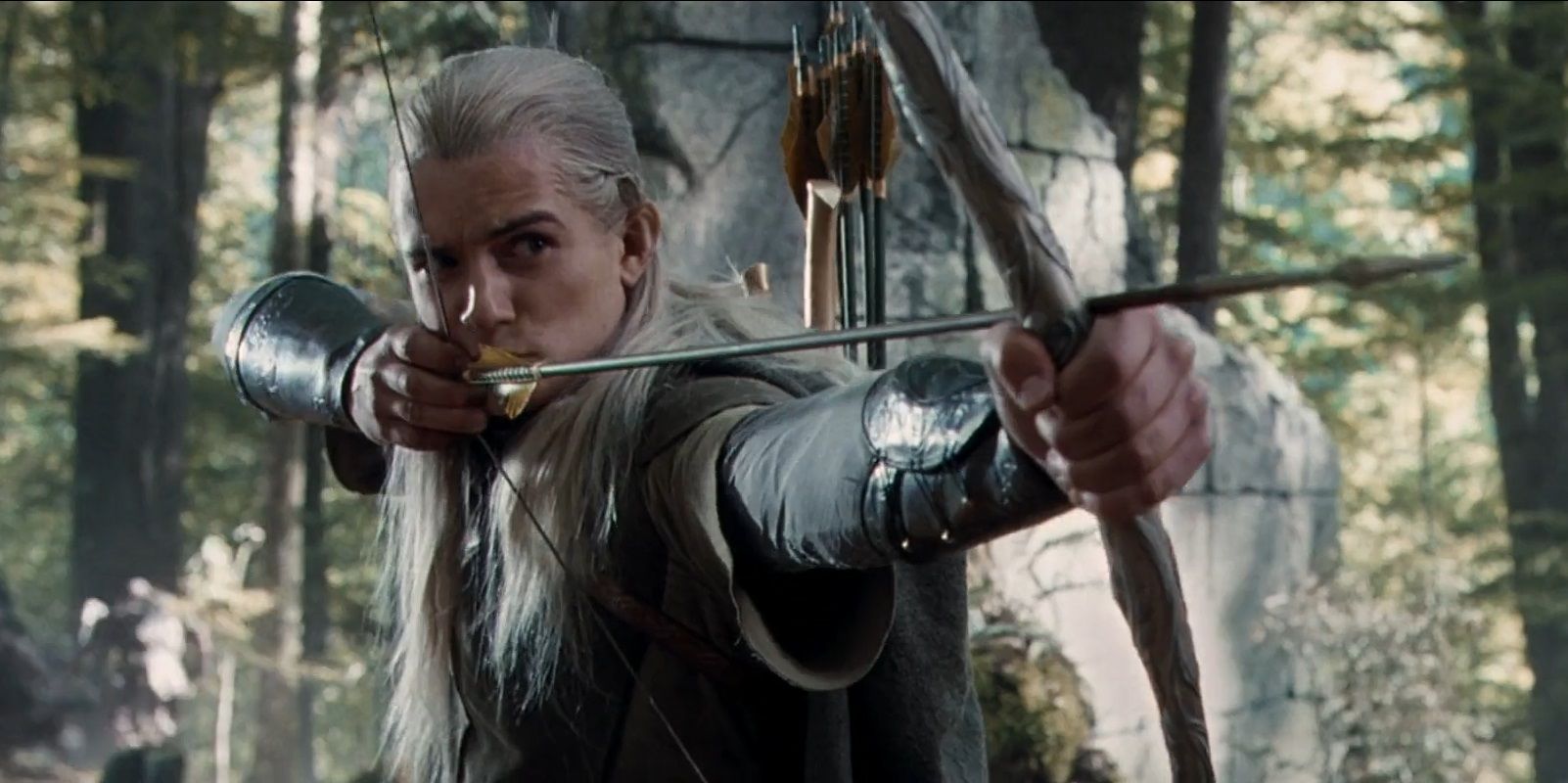
Film Appearance
The Lord of the Rings: The Fellowship of the Ring
Date
TA 3019
Location
Amon Hen
Notable Outcomes
Boromir dies, Merry and Pippin are captured by the Uruk-hai, and the Fellowship is broken
Frodo Baggins may hail from the same family tree as Bilbo Baggins, but even the most experienced traveler could never have predicted just how intense the struggle for the One Ring would soon become. As The Fellowship of the Ring progresses, it becomes increasingly clear that Frodo is embroiled in a conflict far larger than anything the Shire has ever seen.
Eventually, Frodo’s journey takes him and several allies, all of whom are members of the Fellowship of the Ring, to a small hill in Gondor named Amon Hen. However, before they can leave, they are attacked by the Uruk-hai, a dangerous band of Orcs that kills Boromir and captures the duo of Merry and Pippin. Despite the Skirmish at Amon Hen’s relatively small nature, it’s as important as any battle in The Lord of the Rings to the personal narrative of the Fellowship, making it an unforgettable part of the trilogy’s first film.
3The Battle of the Black Gate Ends Sauron’s Reign of Terror
Film Appearance
The Lord of the Rings: The Return of the King
Date
TA 3019
Location
Pelennor Fields
Notable Outcomes
Frodo and Sam destroy the One Ring, Gollum plunges into Mount Doom, and the Free Peoples emerge victorious over Sauron
The War of the Ring rages on for the majority of The Lord of the Rings, so when it becomes clear that the conflict is going to come to an end at the Battle of the Black Gate, the stakes couldn’t be higher. Whereas most of the battles in the Lord of the Rings franchise are military affairs, the Battle of the Black Gate hinges on the Free Peoples accomplishing one goal: distracting Sauron long enough for Frodo and Sam to destroy the One Ring.
Because of the death of King Theoden in the Battle of the Pelennor Fields, Aragorn assumes a larger leadership role in the Battle of the Black Gate than ever before. Backed by the various allies that Aragorn’s made throughout his journey, The Return of the King‘s heroes stall Sauron long enough for Frodo and Sam to dramatically achieve their goal, thereby saving the people of Middle-earth.
2The Battle of the Pelennor Fields Takes Place on an Impossibly Large Scale
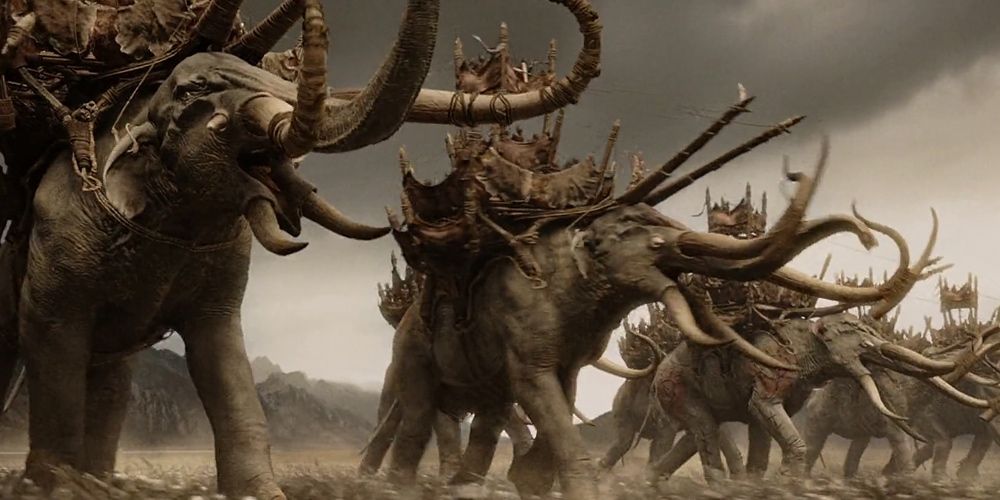
Film Appearance
The Lord of the Rings: The Return of the King
Date
TA 3019
Location
Pelennor Fields
Notable Outcomes
King Theoden dies in combat, Eowyn kills the Witch-king of Angmar, Aragorn leads Gondor, and both sides suffer notable casualties
In the history of Middle-earth’s Third Age, there is no larger conflict than the Battle of the Pelennor Fields. Although this battle isn’t the final battle in the War of the Ring, The Return of the King‘s final sequence is entirely predicated upon its outcome, which sees the alliance of the Free Peoples miraculously triumph over Sauron’s largest army yet.
Pelennor Fields is the capital of Gondor, and if it were to fall to Sauron’s forces in the Battle of the Pelennor Fields, the Men of Middle-earth would shortly follow. Therefore, its defense is paramount to the efforts of The Lord of the Rings‘ protagonist, each of whom rises to the occasion throughout the grandiose battle. Between giant war elephants, hordes of vicious orcs, and an unexpected deus ex machina that takes the form of Aragorn’s ethereal army, the Battle of the Pelennor Fields features everything that fans could hope for. Were it not for one other event, which barely edges out this conflict, The Return of the King‘s climax would be the best battle in the entire Lord of the Rings franchise.
1The Battle of Helm’s Deep is a Cinematic Masterpiece
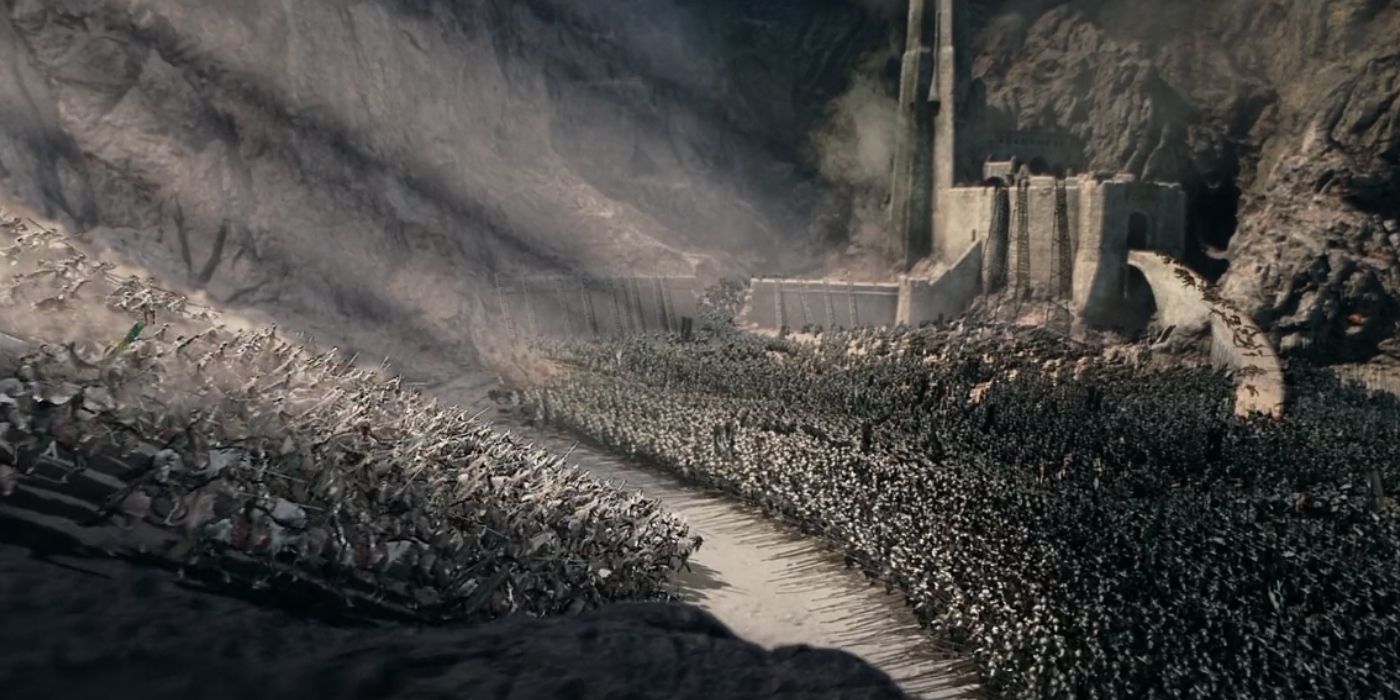
Film Appearance
The Lord of the Rings: The Two Towers
Date
TA 3019
Location
Hornburg
Notable Outcomes
Rohan is saved from total annihilation, and Saruman’s forces are almost completely destroyed
By the events of The Two Towers, the War of the Ring has firmly begun, pitting the series’ heroes against the dastardly forces of Sauron. To make matters worse, the White Wizard known as Saruman also takes up arms against the Free Peoples. Before long, the film’s protagonists are holed up in the human stronghold of Hornburg as Saruman’s forces prepare to mount an all-out assault on the fortress.
Even twenty-plus years after its initial release, The Lord of the Rings film trilogy is still potentially the most acclaimed fantasy franchise of all time, and a major reason for this is the Battle of Helm’s Deep. Arguably, no battle in the history of cinema is as well-paced, well-written, and well-designed as the conflict, due in equal parts to J.R.R. Tolkien’s original story and Peter Jackson’s creative influence. Aragorn, Gimli, and Legolas all live up to their heroic reputations in the battle, and just as it seems like Hornburg is going to fall, Gandalf arrives with reinforcements, saving the day and cementing the Battle of Helm’s Deep as the greatest battle in the entire franchise.

